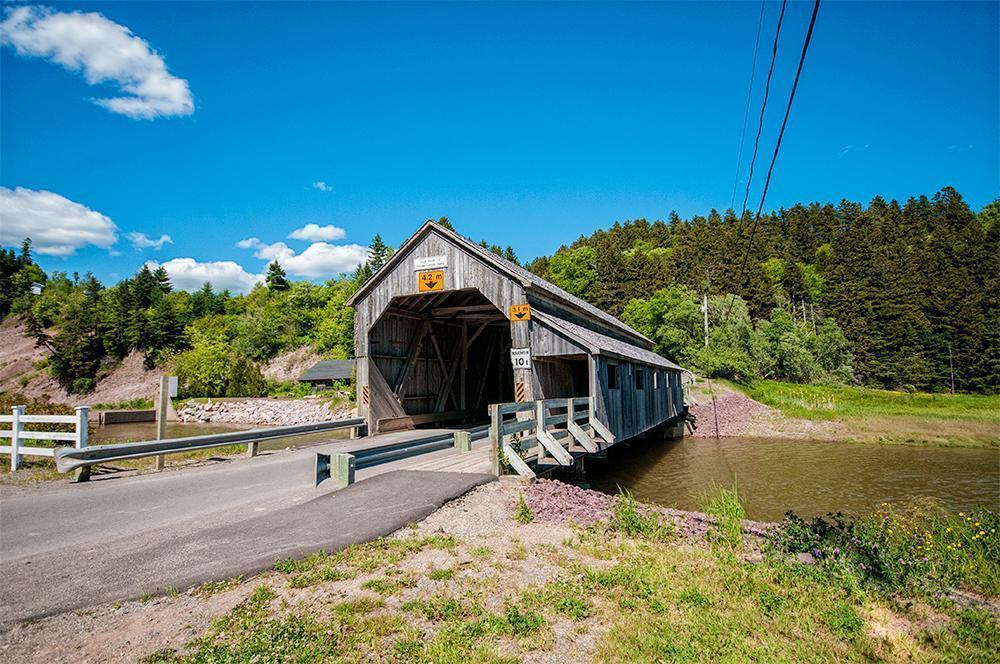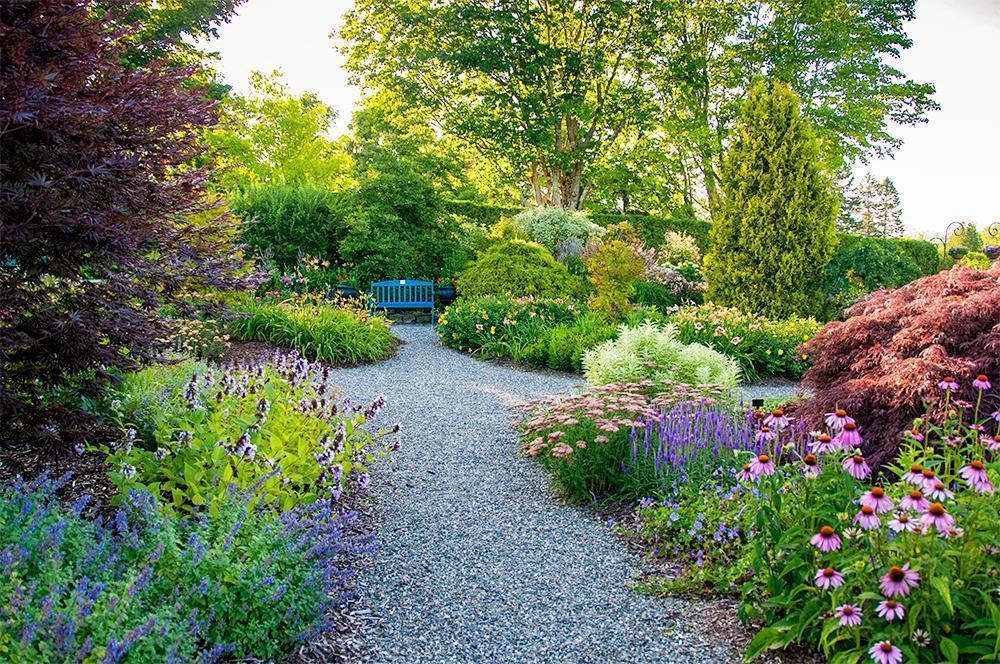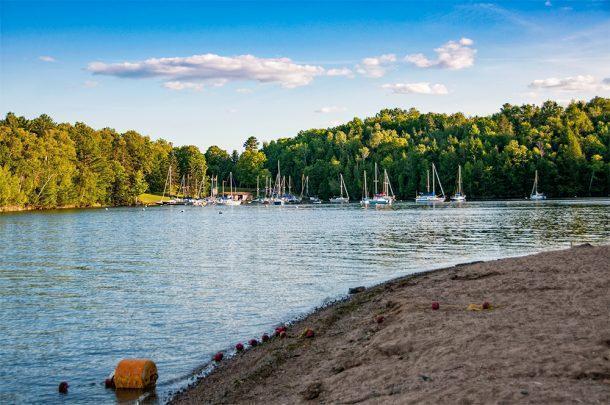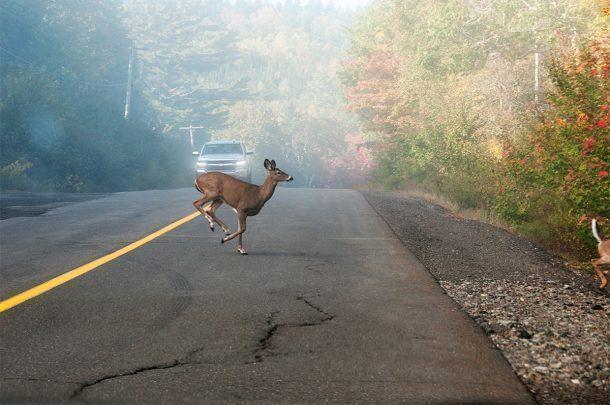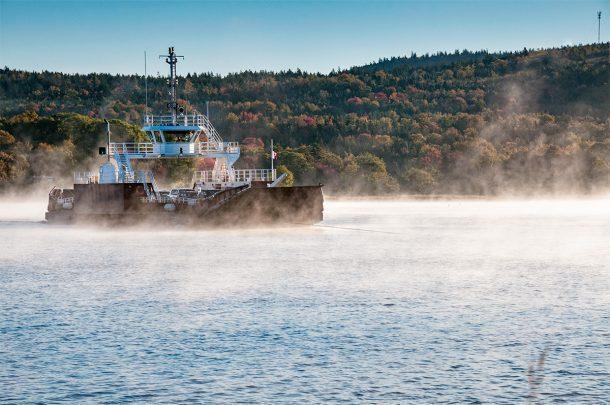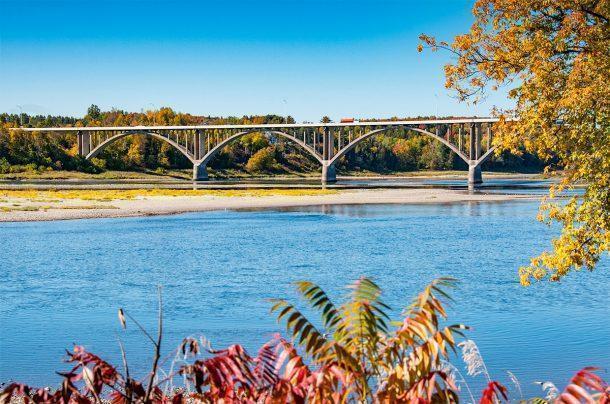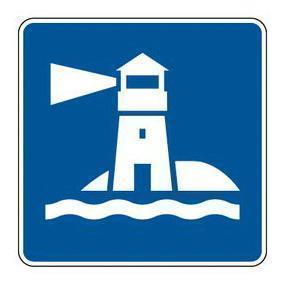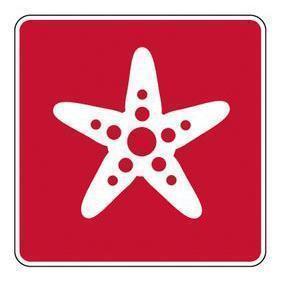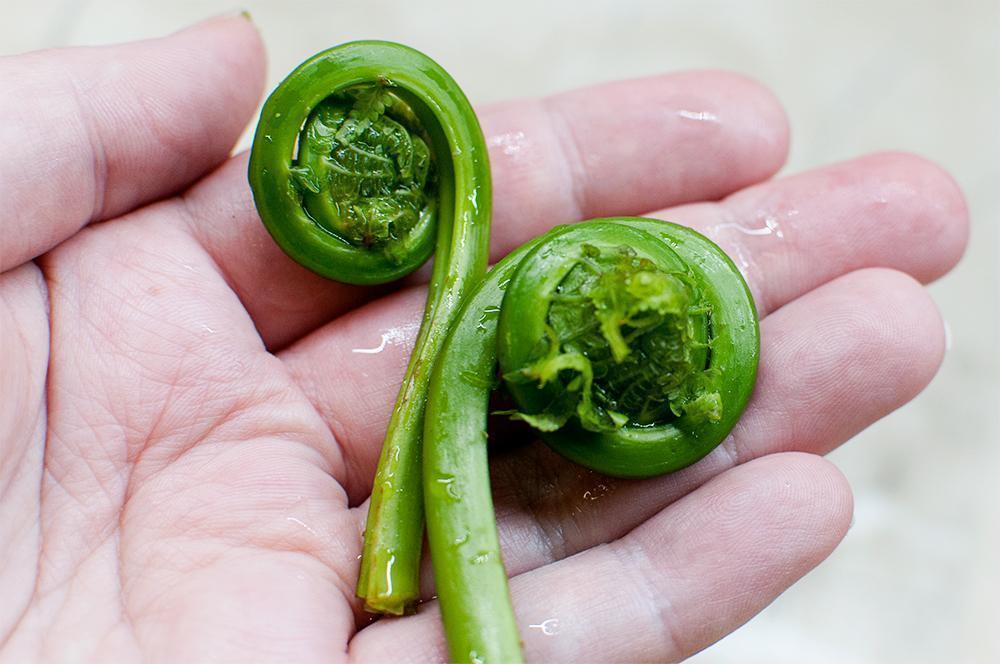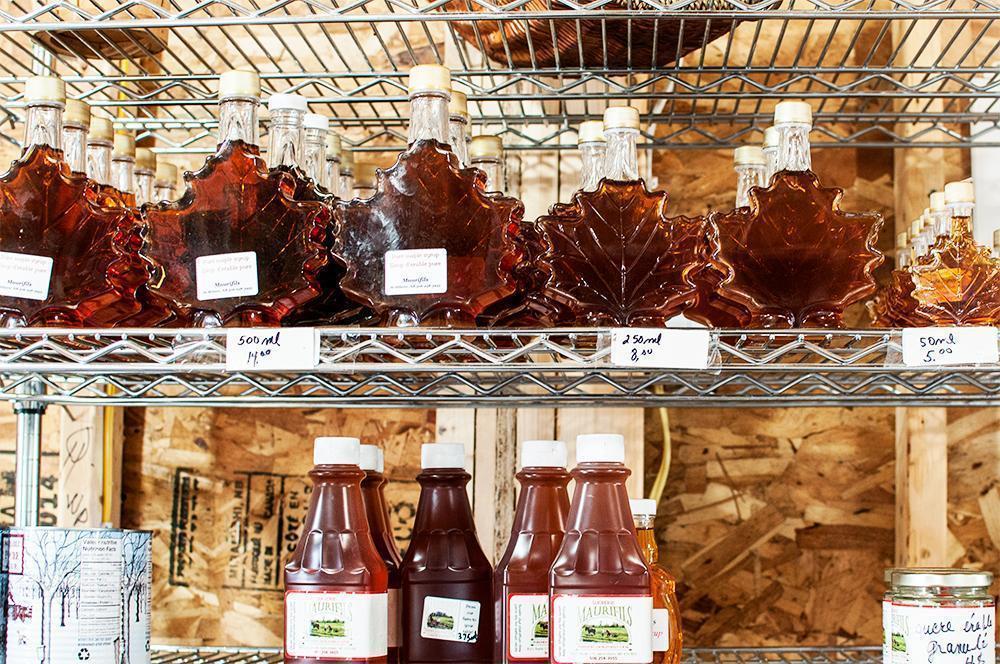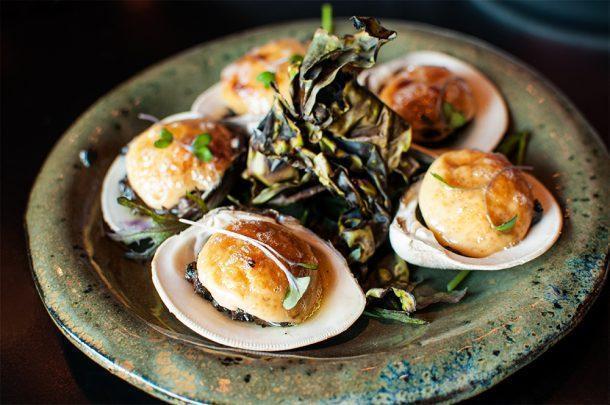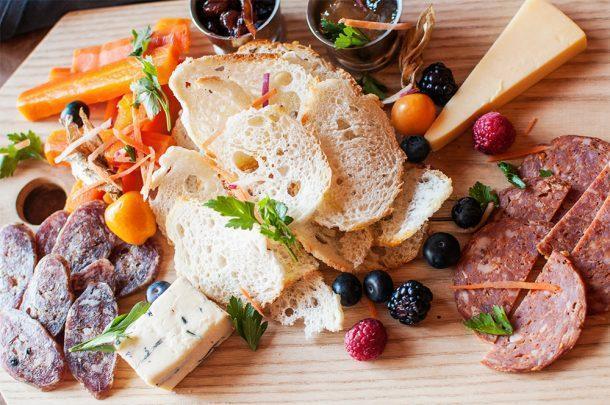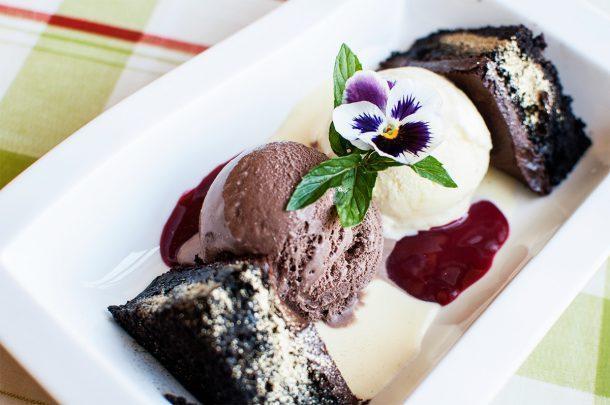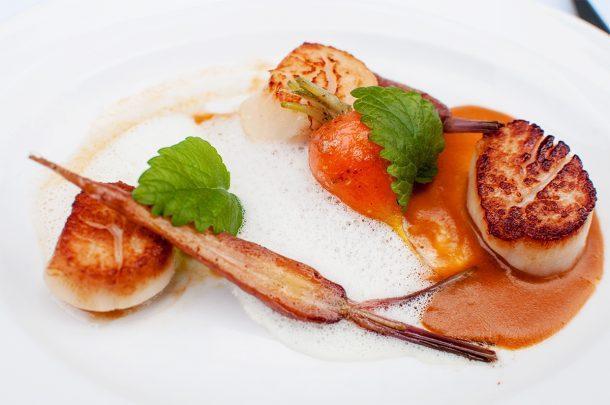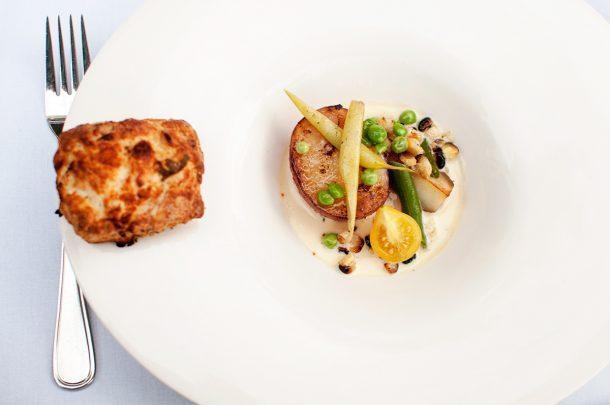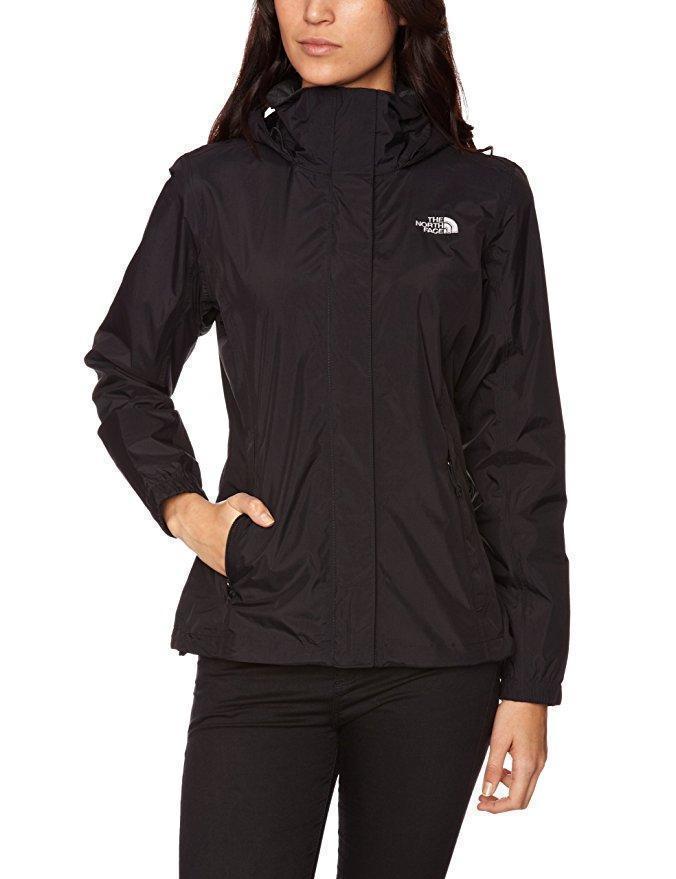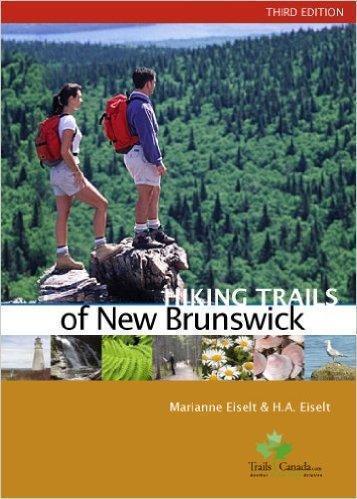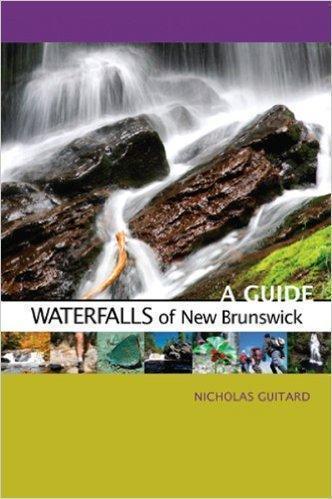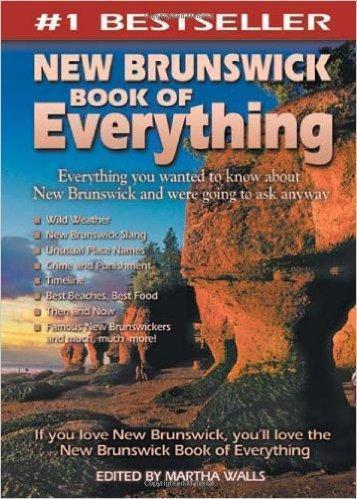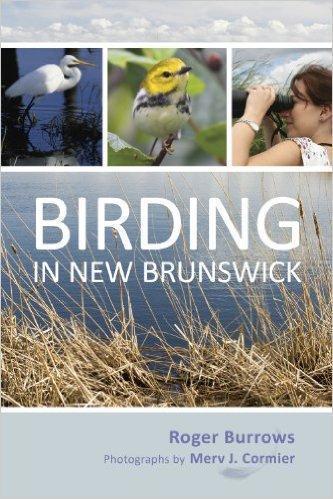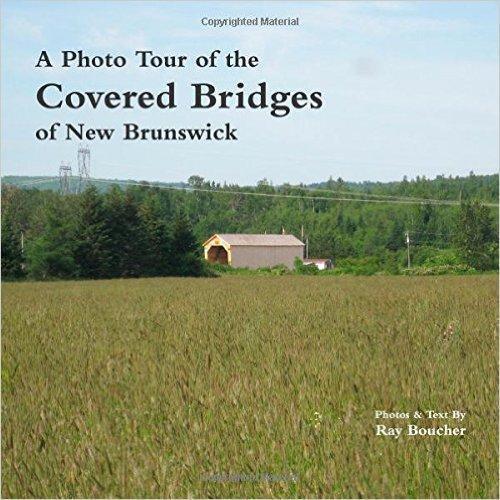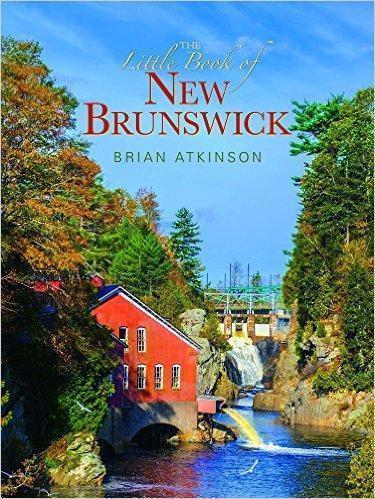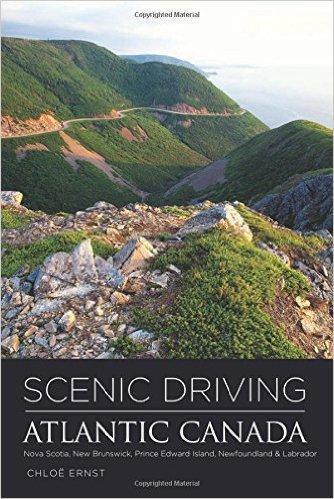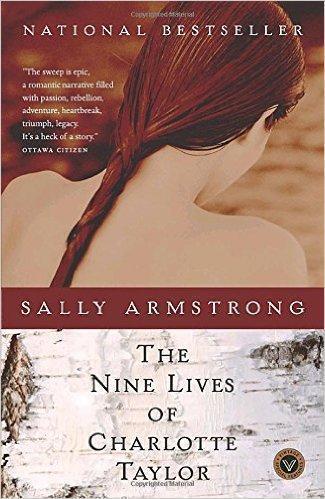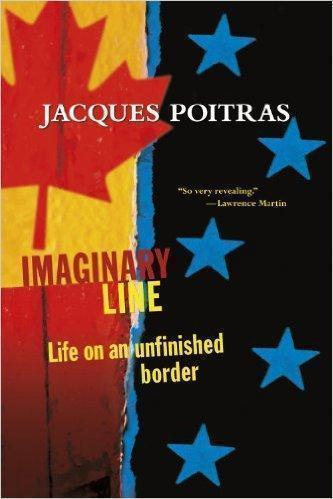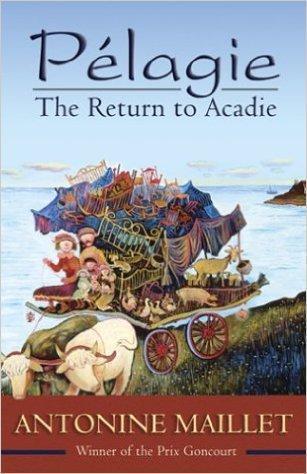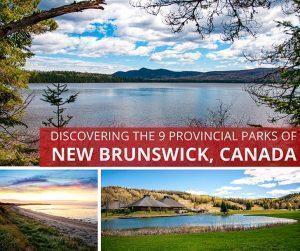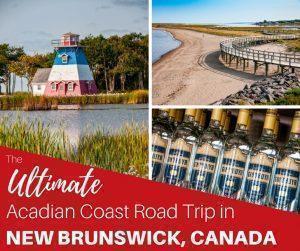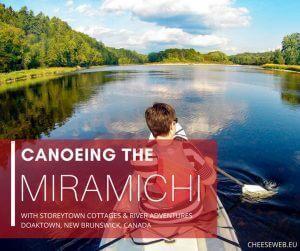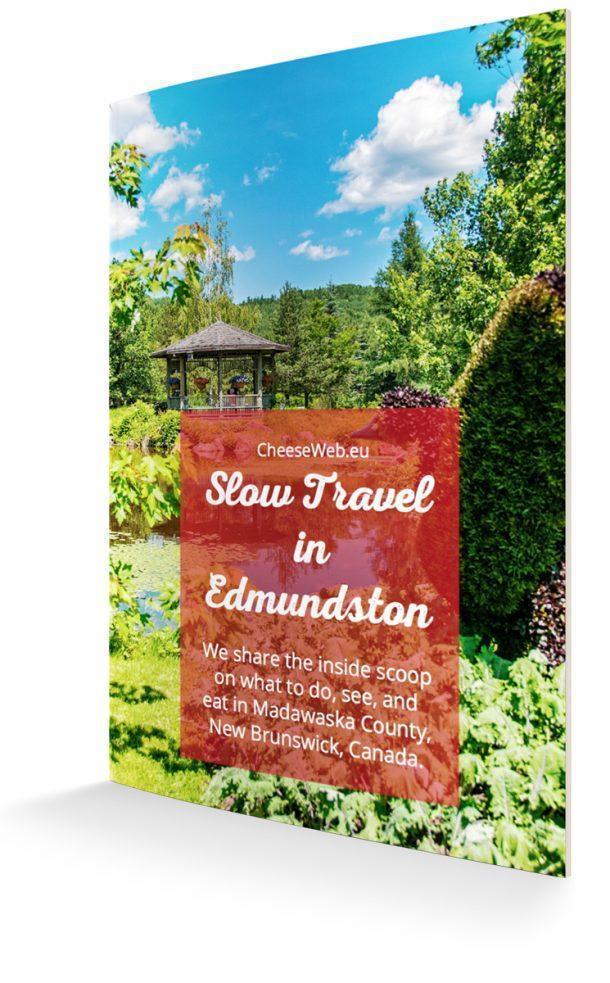Discovering the 9 New Brunswick Provincial Parks in Atlantic Canada
If you’re thinking of camping in New Brunswick, don’t overlook our beautiful Provincial Parks. We share highlights from the 9 New Brunswick Provincial Parks with campgrounds for your next camping adventure.

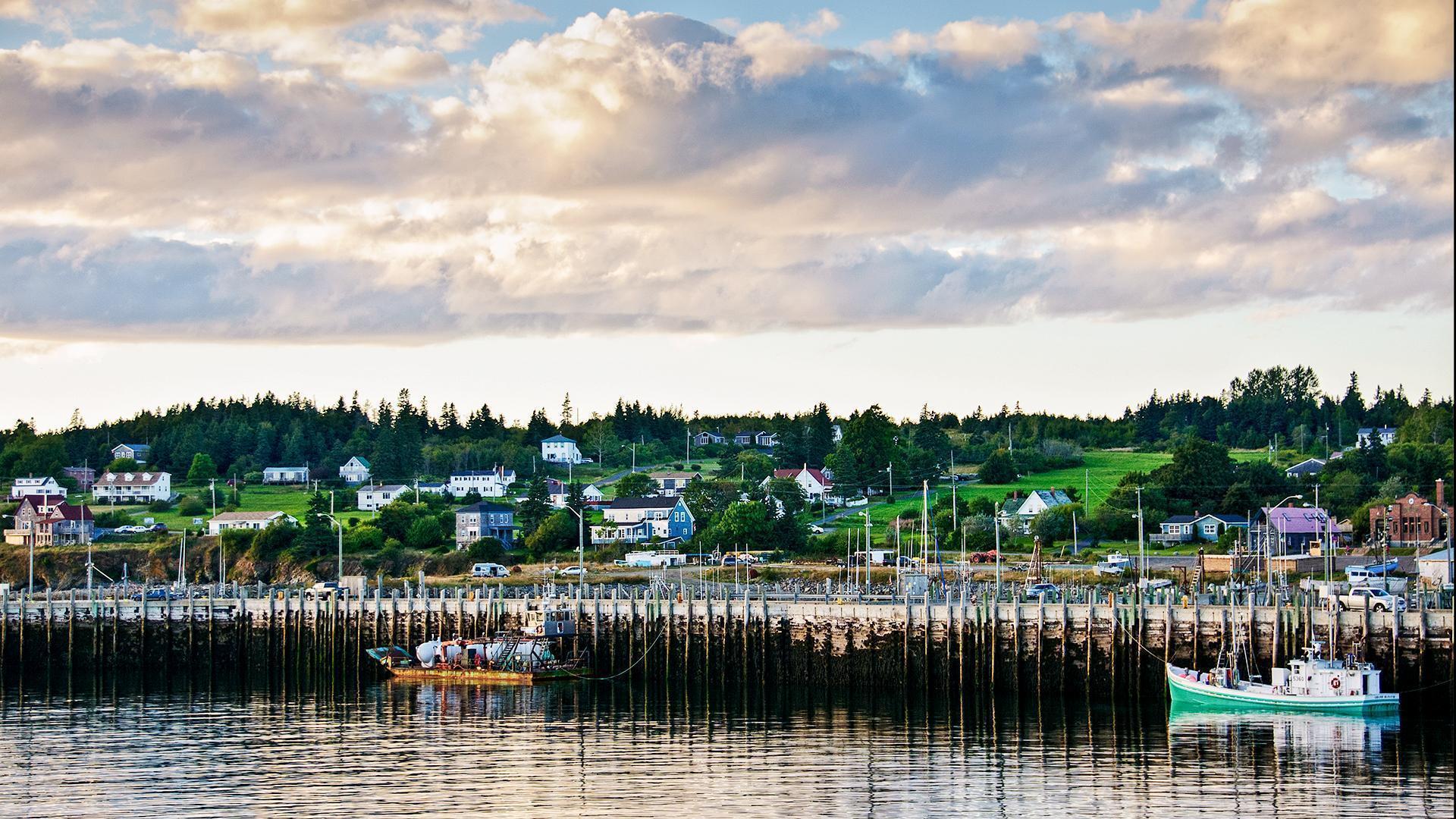


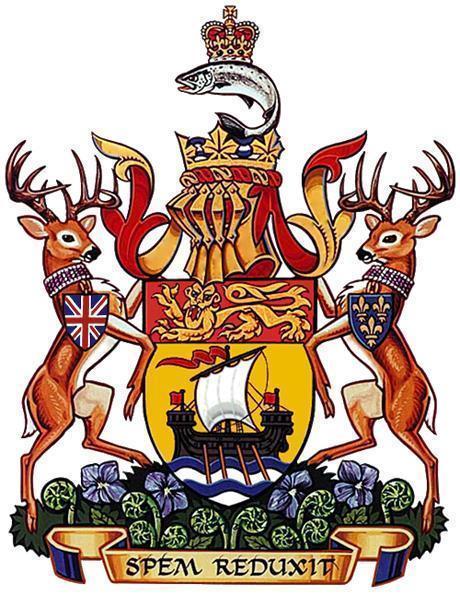
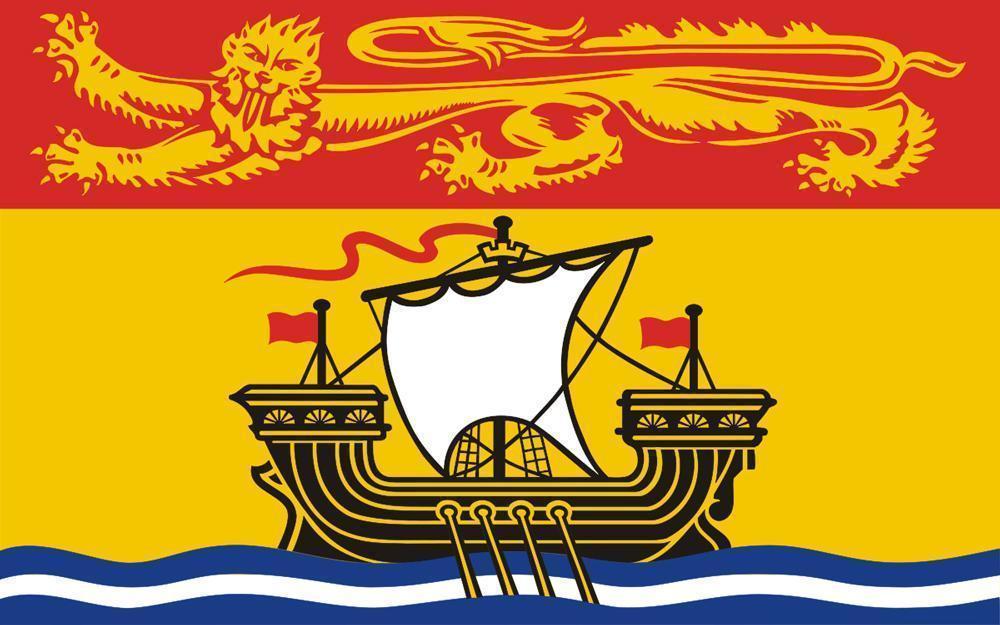

 One other fact about New Brunswick is so integral to the province it deserves its own section. NB is the only officially bilingual province in Canada, despite the country itself having two official languages, English and French. In most Canadian provinces, the primary language is English, except Quebec (primarily French) and Nunavut (although the official language is English, Inuktitut and Inuinnaqtun, two closely related Inuit languages are widely spoken). New Brunswick, however, has its bilingual status listed in both provincial and federal law.
One other fact about New Brunswick is so integral to the province it deserves its own section. NB is the only officially bilingual province in Canada, despite the country itself having two official languages, English and French. In most Canadian provinces, the primary language is English, except Quebec (primarily French) and Nunavut (although the official language is English, Inuktitut and Inuinnaqtun, two closely related Inuit languages are widely spoken). New Brunswick, however, has its bilingual status listed in both provincial and federal law.